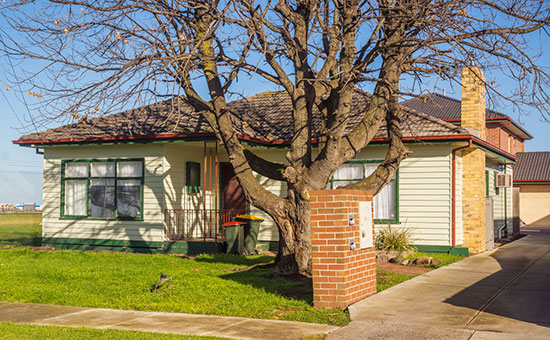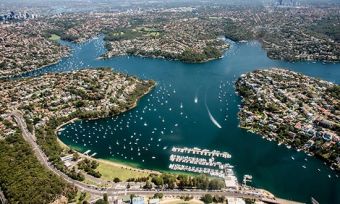The number of Australian residents who are failing to repay their mortgages has risen in every state and territory throughout the past year, according to credit rating company Moody’s.
Moody’s Investors Service announced yesterday that the proportion of Australian home owners who are more than 30 days behind on their mortgage repayments rose from 1.20% in November2015 to 1.52% in November 2016.
These higher rates of arrears also raise the risk of people defaulting on their mortgages, and Moody’s Vice-President Alena Chen expects mortgage defaults to continue to increase throughout 2017.
“Weaker conditions in states reliant on the mining industry, high under-employment, and less favourable income dynamics will drive delinquencies higher,” Chen added in Moody’s report.
The best example of this is Western Australia, which has seen the number of residents who are more than 30 days in arrears skyrocket to 5% of mortgage holders.
This is a jump of over 60% over the past 12 months, and it is a sign of how dependent the state is on the much-weakened mining sector.
https://twitter.com/7NewsPerth/status/849928866835480577
In contrast, Moody’s report found that arrears were lower in the more populous eastern states, where economic diversity and employment stability are higher. This is particularly true for the ACT, which has the lowest rate of mortgage default.
These high levels of arrears are the latest in a string of warning signs that the Australian property market is struggling.
ASIC concerned about the future of the housing market
After recently announcing new mortgage lending surveillance measures, ASIC Chairman Greg Medcraft has warned that the current situation in Australia mirrors that of the United States right before the sub-prime mortgage crash of 2007.
At a business forum in Sydney yesterday, Mr Medcraft urged banks and other lenders to be vigilant about upholding responsible lending standards following rising rates of mortgage defaults.
“What happened (in the US) was that people were getting loans that they should never have been getting,” Mr Medcraft said.
“The markets will adjust, but people often never recover. What happens when interest rates go up and you discover you can’t pay the mortgage?”
https://twitter.com/SkyBusiness/status/843731347210350592
In order to uphold more stringent lending standards, ASIC recently took Westpac to court over supposed breaches of its responsible lending practices, and has also made an agreement with 3 of the big 4 banks.
Mr Medcraft is one of many to describe the Australian property market as a ‘bubble’, and holds the view that unless banks take more care in who they lend to, it will come crashing down.






Share this article